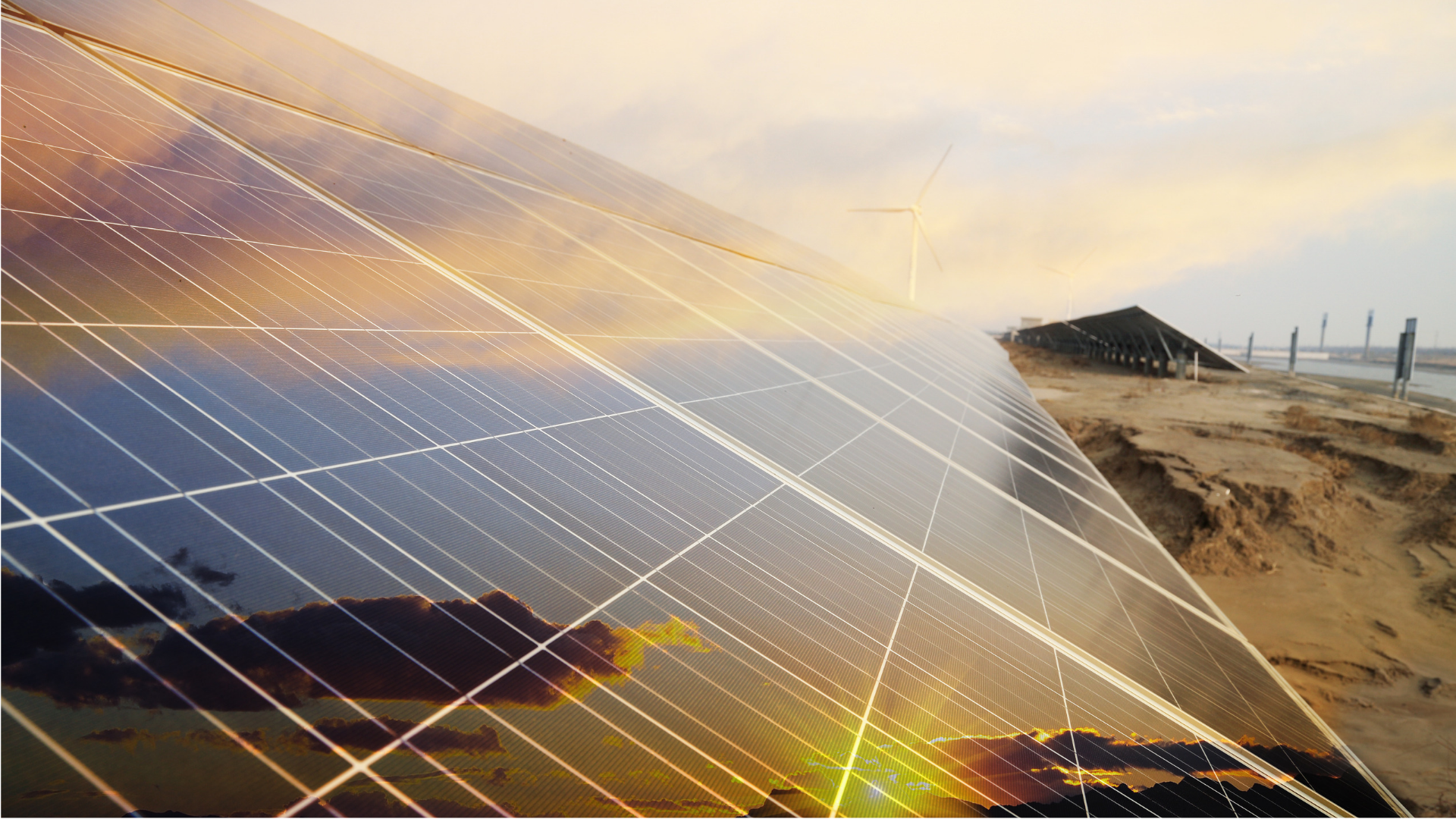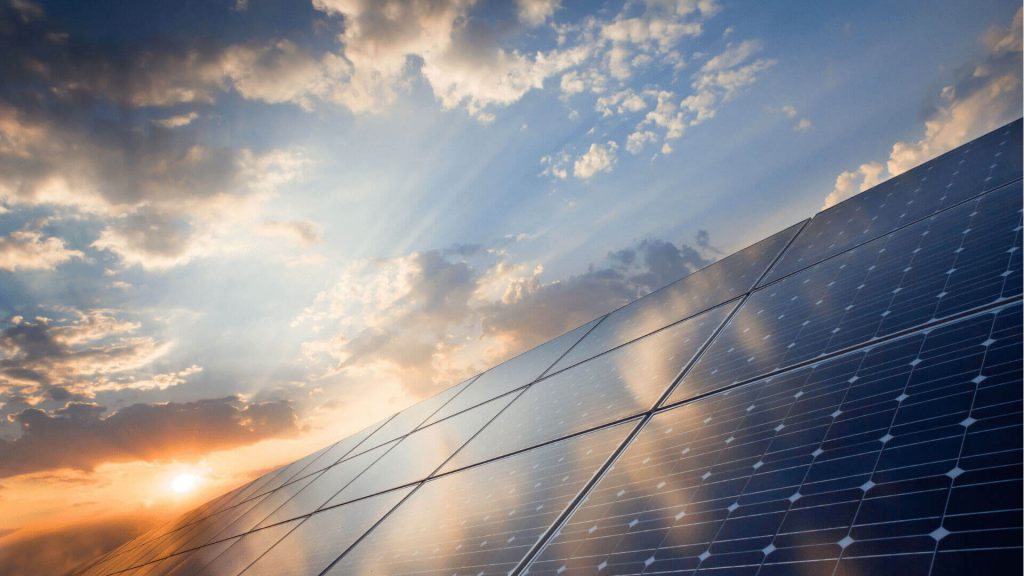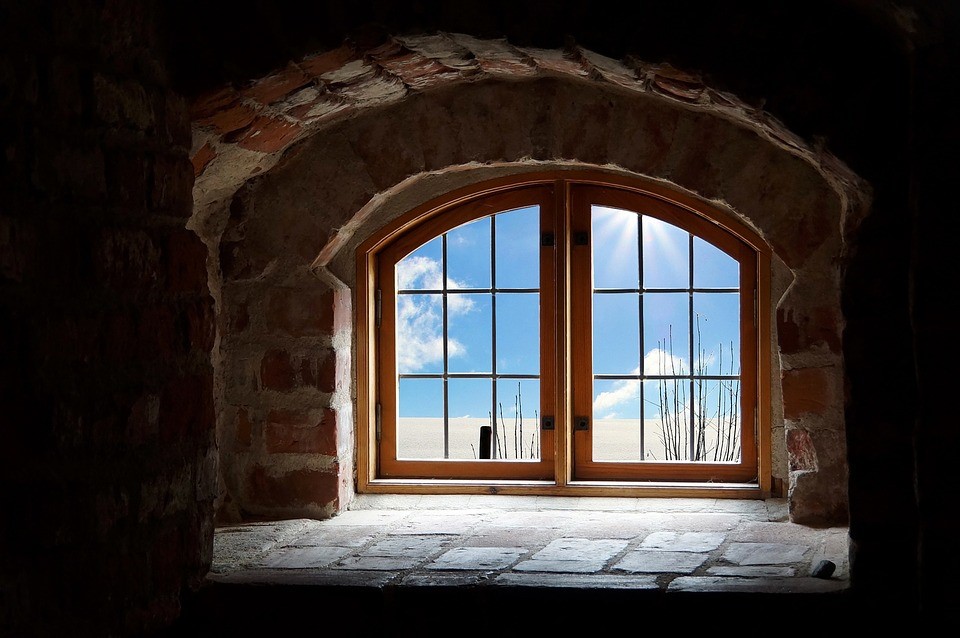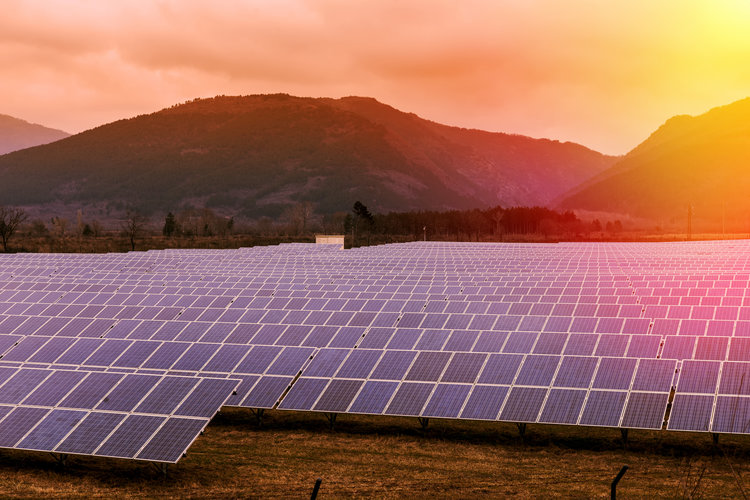There are so many things to like about solar. It’s good for our planet, our health, and our economy. Does that mean people are willing to pay more for clean energy?
Renewable energy is taking over the world. With prices falling despite domestic headwinds and the clear advantage of not relying on volatile fuel prices, they’re beating out the competition on price alone. On top of that, many consumers are motivated to support clean energy because they think it’s the right thing to do: it reduces the disruption to our climate systems and makes for cleaner, healthier air.
Despite its clear advantages over traditional, dirty forms of energy, though, Solstice offers customers a discount to go solar. This has caused some confusion in the business community. If customers are really committed to clean energy, they ask, doesn’t it make sense to charge them a premium?
Solstice is a business, though, and we offer savings. Why? It’s not only because of our mission to bring clean energy to the third of Americans who struggle to pay their electric bills–it’s also because, while at first glance it may seem like good business to maximize profits with a premium product, the reality is that many go green for economic reasons, and very few will choose to pay extra for what they view as a utility expense. And we’ve pulled together the data to prove it.
Table of Contents
Some People Are Willing To Pay More For Clean Energy–In Theory
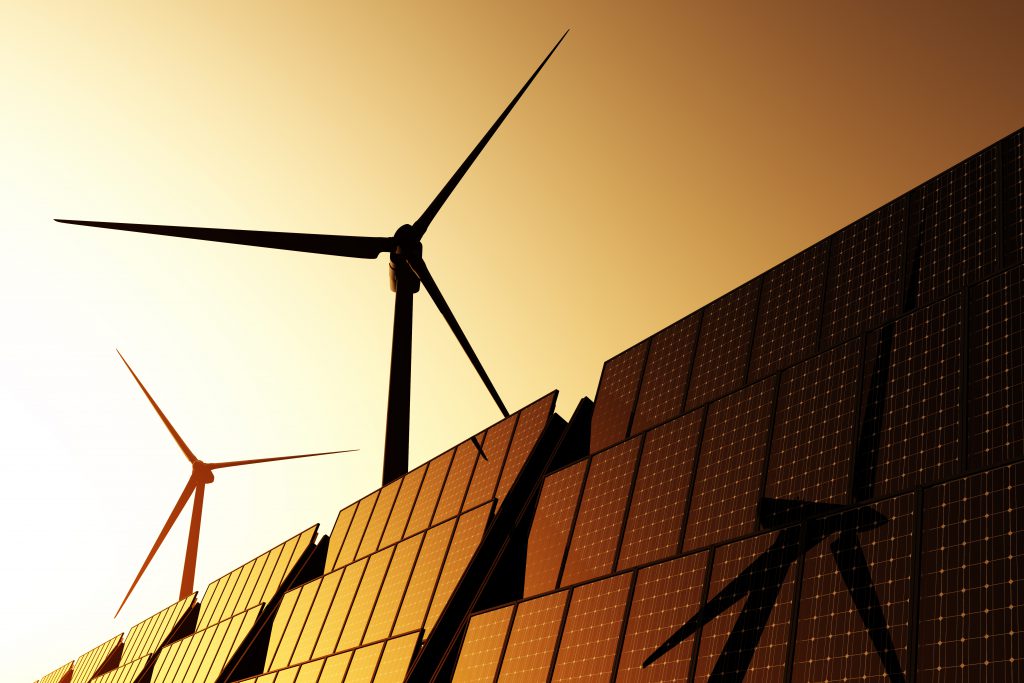
We aren’t the first ones to ask whether Americans are willing to pay more for clean energy. In fact, several recent surveys suggest that the majority of Americans would, in theory, be willing to pony up. For instance, Harvard and Yale researchers found in 2011 that the average American was willing to pay $162 extra per year to support a bill requiring 80 percent of the nation’s energy to be clean by 2035. This year, a study featured in Vox found that 51 percent of Americans think that pursuing 100 percent renewable energy is a good idea even if it comes with a 30 percent increase to their energy bills. Another 5 percent (56 percent total) like the idea if it only involves a 10 percent hike.
That’s an astounding statistic, and bodes well for the future of the clean energy industry. If more than half the country still approves of a renewable energy plan that would raise their bills, then why aren’t premium clean energy products everywhere?
Clean Energy At A Premium Doesn’t Work For Everyone
The cost of clean energy still matters. The same Vox-featured survey found that about one third of supporters of 100 percent renewable energy dropped off when asked to pay more. A 2017 survey from the Smart Grid Consumer Collaborative came to a similar conclusion: 82 percent of respondents supported utility clean energy expansion at no cost to them, while that number dropped to 39 percent if the change involved a $10 increase to their monthly bill.
So for many survey respondents, cost is a key factor in even abstract conversations about their energy supply. In a similar vein, a recent Deloitte study asked Americans about their motivations for installing solar panels. It found that more people listed electricity bill savings as a motivation than the fact that solar power is clean and environmentally friendly. The same survey found that the single largest barrier to going solar for most people–almost doubling the share of any of the others that were asked about–was the belief that solar panels were too expensive.
These people were put off by the large upfront costs of installing panels, but were enticed most strongly by the long-term savings that they would see–showing that, when the rubber hits the road, cost is a key factor in people’s personal energy decisions.
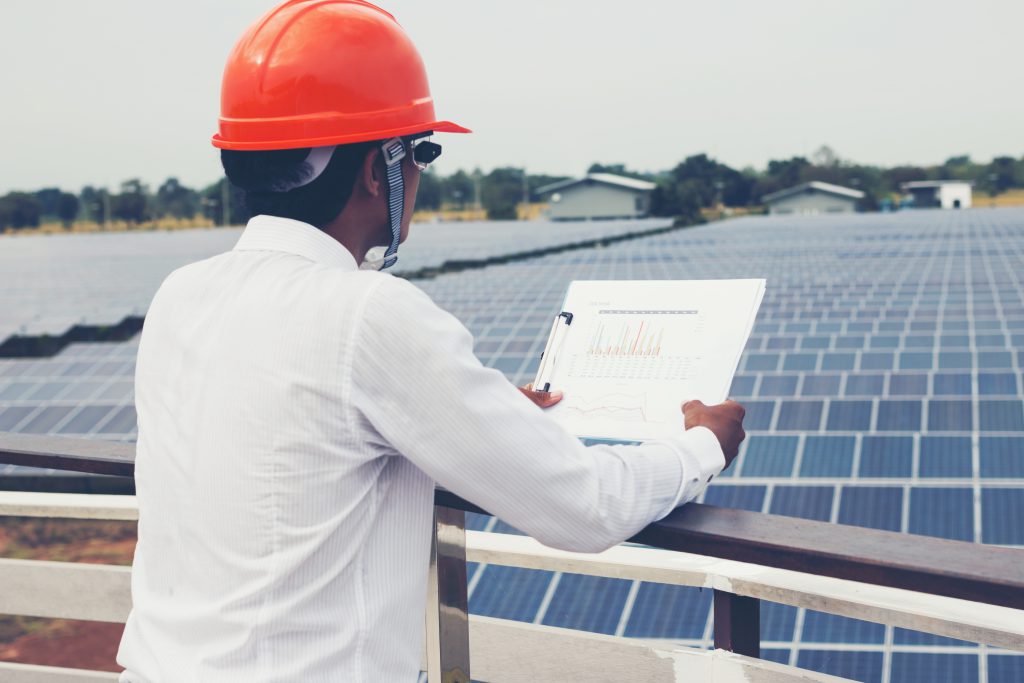
Will People Opt In On Higher Rates For Clean Energy?
Solstice wouldn’t be the first to attempt to offer a premium clean energy product to the public. Customers in deregulated energy markets can opt to get their energy from a third-party energy service company (ESCO), and many of these providers have offered premium clean energy products. In this arrangement, the utility maintains transmission infrastructure, but customers get to choose where their production comes from.
And some people do sign up for green programs, even when they know they will need to pay more. To learn more about those programs, I spoke with Philip Saweris, Managing Partner at PSM Advisor with over 7 years of background in the retail energy industry across North America. Philip said that about 5 percent of their customer base was made up of customers on their clean energy premium programs. In other words, paying more for clean energy appeals to a very particular audience.
Next, I wanted to know about the customer turnover rates for green plans. I’d heard they were twice as high as those of standard electricity plans, but I wanted to confirm that statistic with Philip. So, was it true? “Absolutely,” he said. “Paying a premium, even for your best fitted customers, is a pain point. If someone else has a similar product at a lower price, customers will go that way.”
His last point is critical to understanding why survey results and real world patterns don’t always match. Surveys that ask people whether they’d be willing to pay more for clean energy help us understand how much value the average person places on renewables. What they don’t tell us is what people will choose in the real world. Because today, people have all kinds of options, and saying you’d be willing to pay more for clean energy in some abstract sense (likely assuming that your fellow citizens would take on an equal share of the burden) is very different than saying that you would choose to pay more than your neighbor–especially if your neighbor is leveraging their clean energy supply from their rooftop array to save on their monthly energy costs.
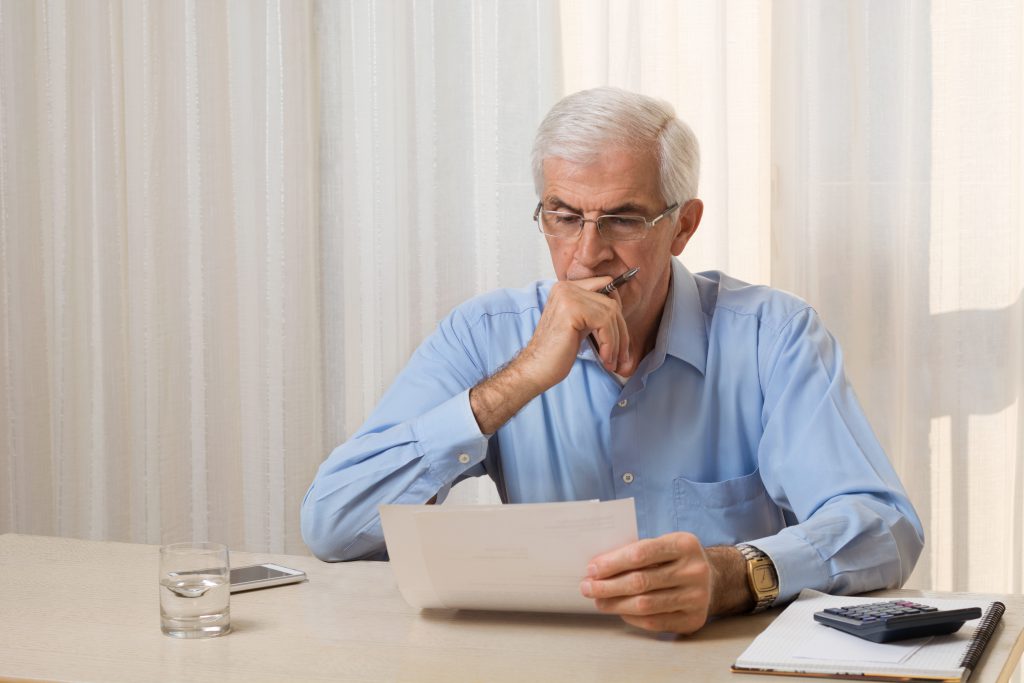
Many Americans Can’t Afford Higher Energy Bills
Let’s be clear: green programs through third party suppliers serve an important niche. People that care deeply about the environment and are willing to pay a little extra for green energy can and do sign up, and support clean energy in the process.
Many people don’t have that choice, though, regardless of how much they care about clean energy or the environment. A recent report from the U.S. Energy Information Administration showed that one in three American households struggles to pay its energy bills, with many sacrificing food and medicine to pay for their electricity. Higher energy costs directly harm many of these families, forcing those most in need of the benefits of clean energy to instead shut off the lights.
Savings Make Solar Accessible To All
For decades, clean energy was only accessible to those customers that were willing to pay a premium, and they were essential to pushing the industry forward. The portion of people that choose this option today, though, is relatively small. And that’s why we use the growing community solar market to bring products with customer-friendly savings to market–not only is it the only way to increase equity in the solar industry, but it is the path to cracking open the solar market to millions of Americans for the first time.
